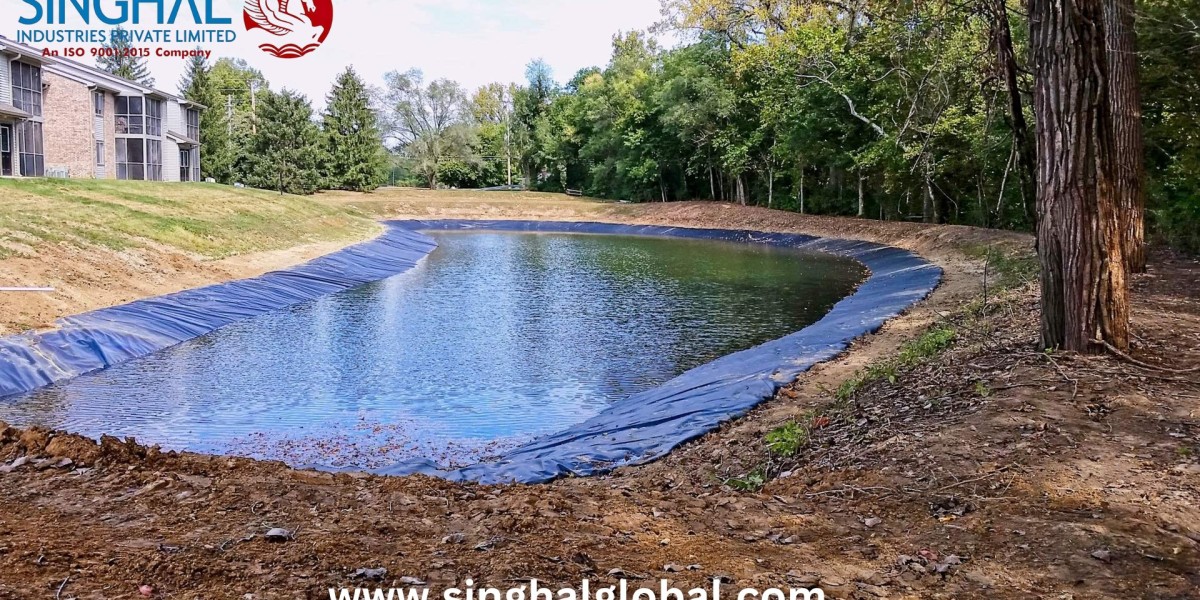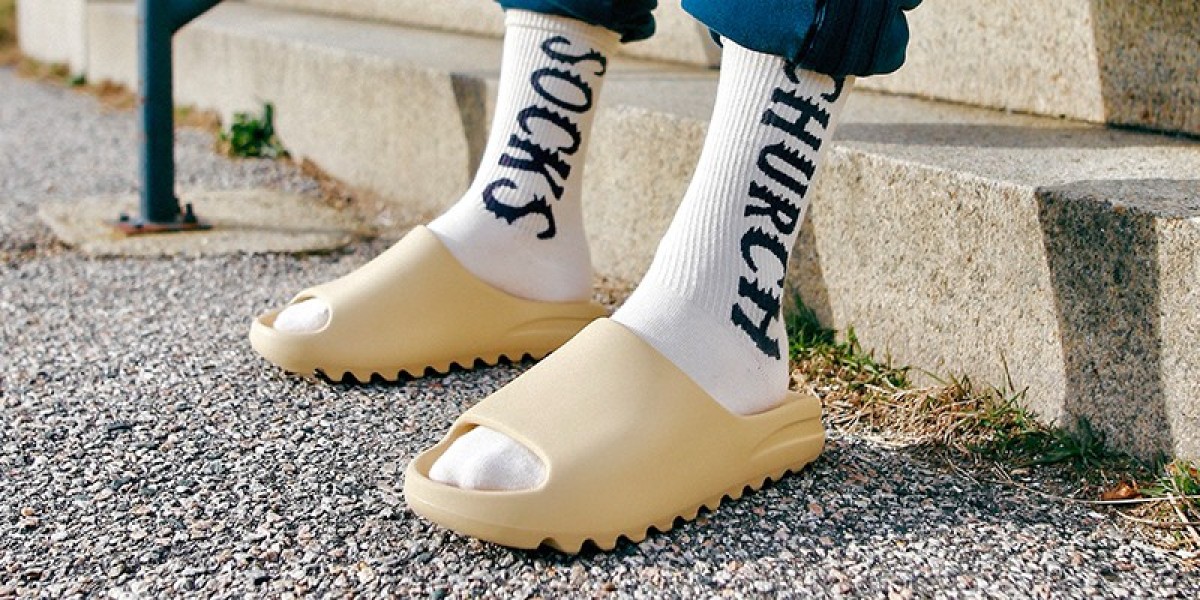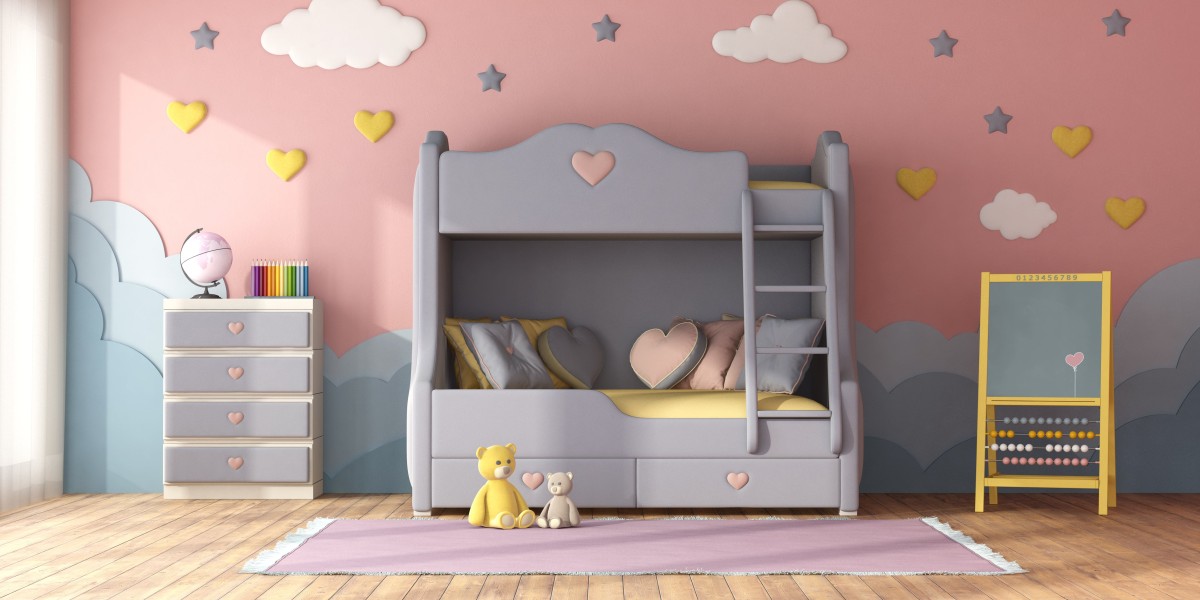Ponds serve as tranquil oases, not only enhancing the beauty of our landscapes but also providing a habitat for diverse aquatic life. For fish enthusiasts and pond owners, maintaining a healthy ecosystem within these aquatic environments is paramount. One critical element in ensuring the success of a fish pond is the liner you choose. Among the various types available, Reinforced Polyethylene (RPE) pond liners have gained traction due to their durability and adaptability.
Understanding RPE Pond Liners
RPE pond liners are made from high-density polyethylene reinforced with polyester. This unique design provides multiple advantages, making it a preferred choice for both commercial and residential fish ponds. The durability of RPE keeps it intact against UV rays, extreme temperatures, and punctures, ensuring that your fish pond remains a healthy environment for aquatic life.
Benefits of RPE Pond Liners for Fish Ponds
Durability and Longevity One of the standout features of RPE pond liners is their incredible durability. Unlike traditional pond liners that can deteriorate under harsh conditions, RPE liners are designed to withstand extreme weather changes and exposure to UV rays without losing their integrity. This durability means we're looking at a product that can last for decades, which ultimately saves you time and replacement costs.
Flexibility and Versatility RPE pond liners are notably flexible, allowing them to adapt to various shapes and sizes of ponds. This versatility makes them suitable for different designs, whether you have a small garden pond or a larger commercial aquatic habitat. The flexibility also makes it easier to create ledges, shelves, or different depths within the same pond, enhancing both aesthetic appeal and ecological function.
Preservation of Water Quality Water quality is vital for the health of fish and other aquatic life. RPE pond liners are non-toxic and safe for fish. They do not leach harmful chemicals into the water, ensuring that your pond's ecosystem remains healthy. Additionally, the smooth surface of RPE liners reduces algae growth, making maintenance easier and improving water clarity.
Cost-effectiveness While the RPE pond liner price may initially be higher than that of some other liner materials, the long-term savings resulting from its durability, low maintenance needs, and minimal repairs make it a wise investment. When you factor in the lifespan and the cost of potential replacements for other liners, RPE proves to be a cost-effective choice.
Easy Installation RPE pond liners can be installed without professional help, saving on labor costs. The light weight of the material makes it manageable for DIY enthusiasts, and with the right preparation, anyone can install it effectively. This ease of installation can encourage more pond enthusiasts to take on the task and create their aquatic havens.
Installation Tips for RPE Pond Liners
Now that we've established the many benefits of RPE pond liners, lets talk about how to ensure a smooth installation process.
1.Planning Your Pond Design
Before diving into the installation process, create a detailed plan of your pond design. Consider the size, depth, and shape, as well as any additional features like waterfalls or plant shelves. Sketching out your plan will help in calculating the amount of liner required and allow for the creation of a functional ecosystem.
2.Selecting the Right Size
When looking for RPE pond liner suppliers, ensure they offer a range of sizes suited to your project. Measure your pond area carefully, including depth and any curves or irregular shapes, to determine the amount of liner youll need. Having the right size is critical for effective installation and preventing costly excess or shortages.
3.Preparing the Site
A successful RPE pond liner installation begins with proper site preparation. Clear the area of sharp rocks, roots, and debris that could puncture the liner. Smooth the ground and create a level base. Adding a protective layer of sand or carpet can provide an extra measure of safety against potential punctures.
4.Installing the Liner
When you're ready to install the RPE pond liner, lay it out gently over the pond area. If your pond has different depths, make sure to manage folds effectively. Begin by securing the liner at the deepest point and work your way to the shallow end, ensuring the material is smooth and evenly distributed. It is crucial to avoid creases and air pockets, as these could lead to problems later.
5.Securing the Edges
After settling the liner into place, secure the edges using rocks or soil. This not only holds the liner in position but also creates a natural and aesthetic border for the pond. Make sure to keep it tight yet flexible, allowing for slight movements without compromising the liner's structure.
6.Filling the Pond
Gradually fill the pond with water, watching closely to ensure the liner remains in place and maintains its shape. As the pond fills, modify any sections that may shift or wrinkle to keep the surface as smooth as possible. This step is critical for preventing future leaks and maintaining the structural integrity of your pond.
7.Final Touches
Once your pond is full, finish off by placing stones, plants, or other decorations around the edges to blend the pond into your garden landscape. This final touch not only enhances the aesthetic appeal but also helps secure the liner in place while improving the environment for fish and plant life.
Conclusion
Selecting the right pond liner can mean the difference between a flourishing aquatic ecosystem and a troublesome pit of murky water. RPE pond liners offer a unique blend of durability, flexibility, and cost-effectiveness, making them a top choice among pond owners. By choosing the right RPE pond liner suppliers and paying attention to proper RPE pond liner installation, you can ensure that your fish pond remains a vibrant part of your landscape for years to come. With careful planning and execution, your aquatic sanctuary can thrive, benefiting both your aesthetic vision and the health of your aquatic life. Happy pond building!
Frequently Asked Questions (FAQs)
How do I determine the right thickness for the RPE pond liner?
The right thickness depends on the specific conditions of your pond, including the type of fish you plan to keep, local soil types, and the potential for sharp objects. Consulting with RPE pond liner suppliers can provide clarity on the best options.
Are RPE pond liners safe for fish?
Absolutely! RPE pond liners are designed to be non-toxic and safe for aquatic life when installed correctly. They do not leach harmful chemicals into the water.
What should I do if I find a leak in my liner?
If you discover a leak in your RPE liner, use a specialized pond liner repair kit to patch it. Regular checks can help you maintain the integrity of your pond over time.







